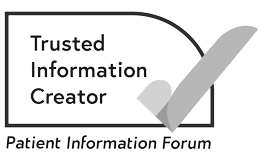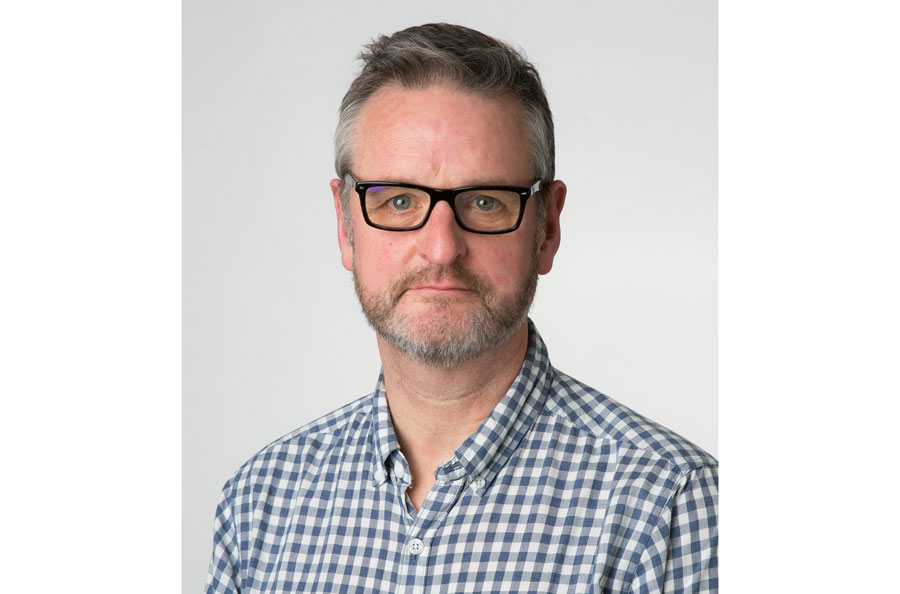The lungs
About the lungs
The lungs are the parts of the body that we use to breathe. We have 2 lungs. One on the right side of our body and one on the left side. They supply oxygen to the organs and tissues of the body. The lungs are divided into areas called lobes. The right lung has 3 lobes, and the left lung has 2 lobes.
The lungs are covered by a lining called the pleura, which has 2 layers. The inner layer covers the lungs. The outer layer lines the ribcage and the diaphragm. The diaphragm is a sheet of muscle that separates the chest from the upper tummy (abdomen).
Related pages
The respiratory system
The lungs are part of our breathing system. This system is also called our respiratory system. It includes the:
- nose and mouth
- windpipe (trachea)
- two tubes called the left bronchus and right bronchus – they branch from the windpipe going into each lung
- lungs.
Diagram of the respiratory system
How the respiratory system works
When we breathe in, air passes from our nose or mouth through to the windpipe. The windpipe is also called the trachea. The trachea divides into 2 tubes that go to each lung. These tubes are called the right and left bronchus.
Air passes through each bronchus into the lungs through smaller tubes called bronchioles. At the end of the bronchioles, there are tiny air sacs called alveoli. This is where oxygen from the air we have breathed in passes into the blood. The oxygen is then circulated through the blood around the body.
A waste gas called carbon dioxide passes from the blood into the alveoli. We get rid of carbon dioxide when we breathe out.
The lymphatic system
The lymphatic system helps protect us from infection and disease. It drains lymph fluid from the tissues of the body and then returns it to the blood.
The lymphatic system is made up of fine tubes called lymphatic vessels that connect to groups of lymph nodes throughout the body. Lymph nodes are sometimes called lymph glands. They are small and bean-shaped. They filter bacteria (germs) and disease from the lymph fluid. When you have an infection, lymph nodes often swell as they fight it.
Sometimes, cancer can spread through the lymphatic system. If the cancer cells spread outside the lungs, they are most likely to go to lymph nodes nearby in the chest.
About our information
This information has been written, revised and edited by Macmillan Cancer Support’s Cancer Information Development team. It has been reviewed by expert medical and health professionals and people living with cancer.
-
References
Below is a sample of the sources used in our lung cancer information. If you would like more information about the sources we use, please contact us at informationproductionteam@macmillan.org.uk
National Institute for Health and Care Excellence (NICE). Lung cancer – Diagnosis and management. Clinical guideline 2019. Last updated 2023. (accessed Nov 2023) Available at: https://www.nice.org.uk/guidance/ng122
European Society for Medical Oncology (ESMO). Small-cell lung cancer: ESMO clinical practice guidelines for diagnosis, treatment and follow-up. 2021. (accessed Nov 2023). Available at: https://www.esmo.org/guidelines/guidelines-by-topic/esmo-clinical-practice-guidelines-lung-and-chest-tumours/small-cell-lung-cancer
European Society for Medical Oncology (ESMO). Early and locally advanced non-small-cell lung cancer (NSCLC): ESMO clinical practice guidelines for diagnosis, treatment and follow-up. 2017. eUpdate 01 September 2021: New Locally Advanced NSCLC Treatment Recommendations (accessed Nov 2023) Available at: https://www.esmo.org/guidelines/esmo-clinical-practice-guideline-early-stage-and-locally-advanced-non-small-cell-lung-cancer
European Society for Medical Oncology (ESMO). ESMO expert consensus statements on the management of EGFR mutant non-small-cell lung cancer. 2022 (accessed Nov 2023). Available at: https://pubmed.ncbi.nlm.nih.gov/35176458/
Date reviewed

Our cancer information meets the PIF TICK quality mark.
This means it is easy to use, up-to-date and based on the latest evidence. Learn more about how we produce our information.
The language we use
We want everyone affected by cancer to feel our information is written for them.
We want our information to be as clear as possible. To do this, we try to:
- use plain English
- explain medical words
- use short sentences
- use illustrations to explain text
- structure the information clearly
- make sure important points are clear.
We use gender-inclusive language and talk to our readers as ‘you’ so that everyone feels included. Where clinically necessary we use the terms ‘men’ and ‘women’ or ‘male’ and ‘female’. For example, we do so when talking about parts of the body or mentioning statistics or research about who is affected.
You can read more about how we produce our information here.





